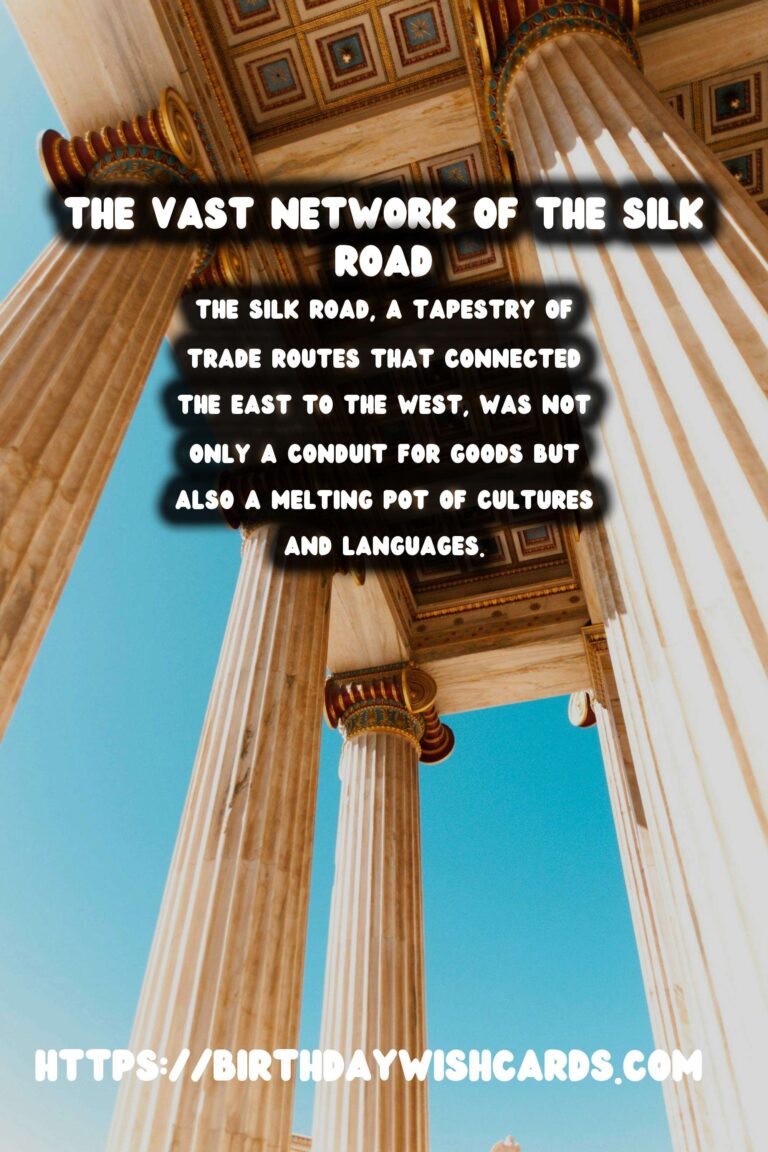
The Silk Road, a tapestry of trade routes that connected the East to the West, was not only a conduit for goods but also a melting pot of cultures and languages. This article delves into the profound influence that the Silk Road had on languages across continents.As caravans traversed these routes, they carried with them more than just silk and spices; they brought along ideas, art, and most significantly, language. With traders, monks, and diplomats constantly on the move, the Silk Road became a resilient channel for linguistic exchange.
The Origins of the Silk Road
The initial establishment of the Silk Road can be traced back to the Han Dynasty of China in the 2nd century BCE. These routes spanned over 4,000 miles, connecting China, India, Persia, Arabia, Greece, and Rome. The network was essential in fostering economic, political, and cultural exchanges.
Language Dissemination through Trade Routes
The Silk Road witnessed the amalgamation of diverse linguistic communities. As merchants met and interacted, they learned new languages to facilitate communication and foster trade. This led to the development of lingua franca or bridge languages, that were pivotal for mutual understanding.
For instance, Sogdian language, used by traders from ancient Iran, became a prominent trade language. It served as a medium for merchants from different linguistic backgrounds to communicate efficiently. Similarly, the spread of Aramaic throughout the Middle East as a trade language further illustrates this phenomenon.
Impact on Local Dialects
Exposure to various languages affected the local dialects found along the Silk Road. These regions often adopted new words, phrases, and concepts, enriching their own languages. The exchange led to linguistic borrowings that were not only limited to trade but also extended into diplomatic and cultural contexts.
In Central Asia, languages such as Persian absorbed terms from Chinese, Turkic, and Indian languages. The interplay of these languages catalyzed the evolution of rich, composite languages that are evident even today.
Religion and Language
The Silk Road was also instrumental in the propagation of religions, which in turn had linguistic implications. As Buddhism spread from India to China, religious texts were translated from Sanskrit into Chinese. This translation process enriched the Chinese language, introducing new theological and philosophical vocabulary.
Similarly, Islamic expansion introduced Arabic to numerous regions along the Silk Road. Learning Arabic became essential for religious scholars and traders alike, leading to greater linguistic diversity along the routes.
Cultural Exchange Through Language
The Silk Road was a cultural artery that facilitated exchange beyond commerce. Poets, scholars, and artists traveled these routes, sharing not only goods but ideas and stories. Language served as the tool to spread these narratives across cultures.
One of the most significant cultural exchanges was the advent of paper, which revolutionized the way language was documented and disseminated. This innovation enabled the preservation of literary works and the spread of manuscripts across the Silk Road, ensuring that linguistic exchanges had a lasting impact.
Legacy of the Silk Road on Modern Linguistics
The legacy of the Silk Road endures in modern linguistics. Present-day languages carry vestiges of ancient travelers’ terminology. This historical confluence has inspired linguists to study the symbiotic relationship between language and trade.
Today, terms borrowed through trade and cultural exchanges are embedded in everyday use, emphasizing the Silk Road’s ongoing influence. This linguistic blend demonstrates the enduring nature of cultural interactions sparked by these ancient routes.
In conclusion, the Silk Road was more than a trade network; it was a catalyst for linguistic evolution and cultural synthesis. Its historical impact on language continues to resonate, underscoring the interconnectedness of human societies across time and space.
The Silk Road, a tapestry of trade routes that connected the East to the West, was not only a conduit for goods but also a melting pot of cultures and languages. The legacy of the Silk Road endures in modern linguistics. 
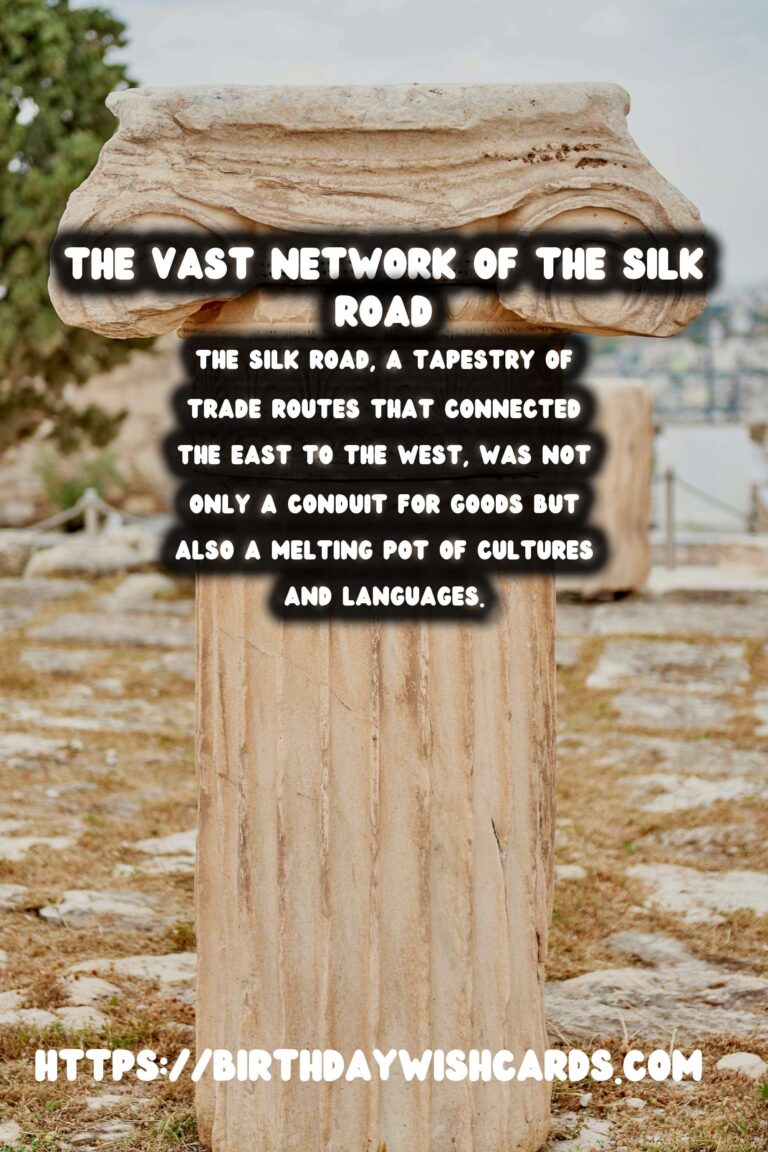
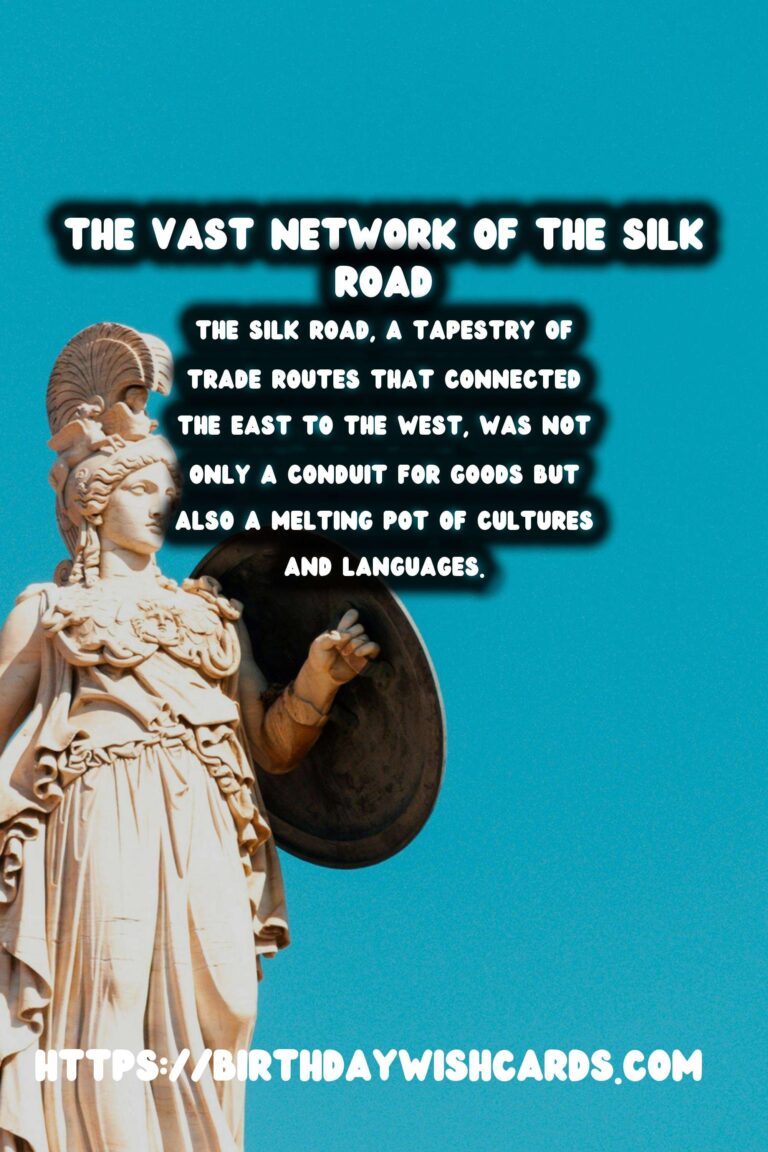
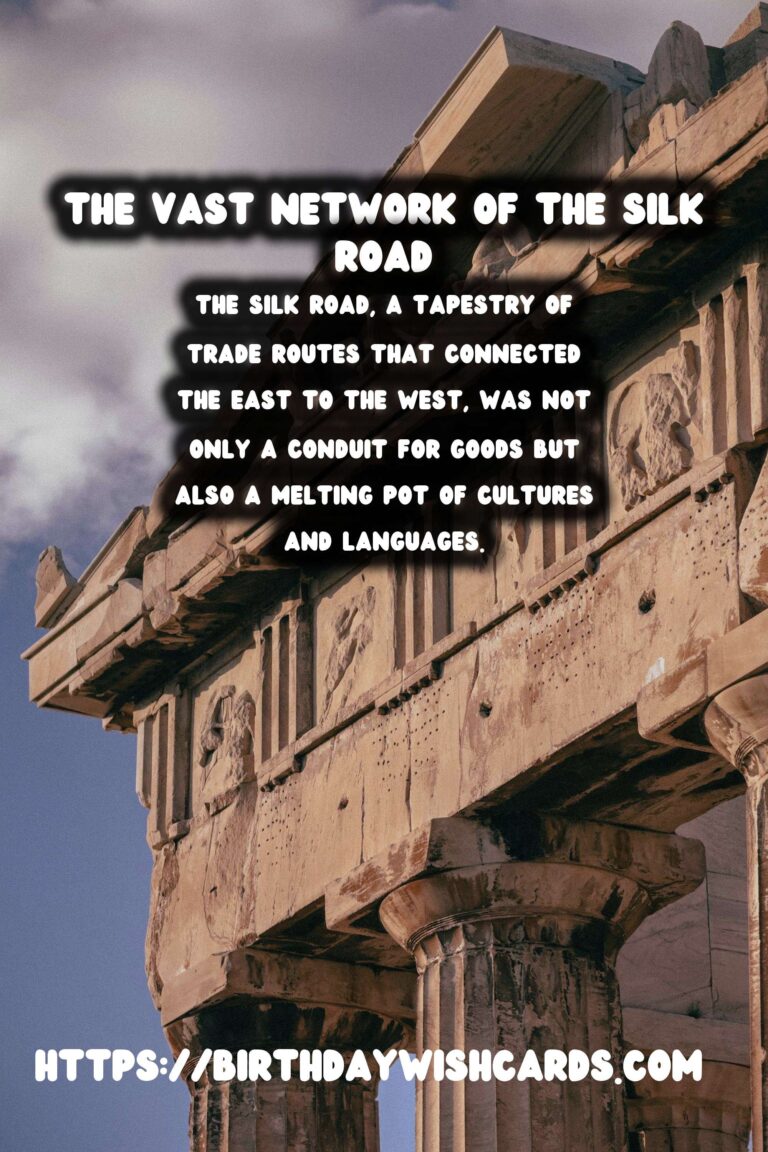
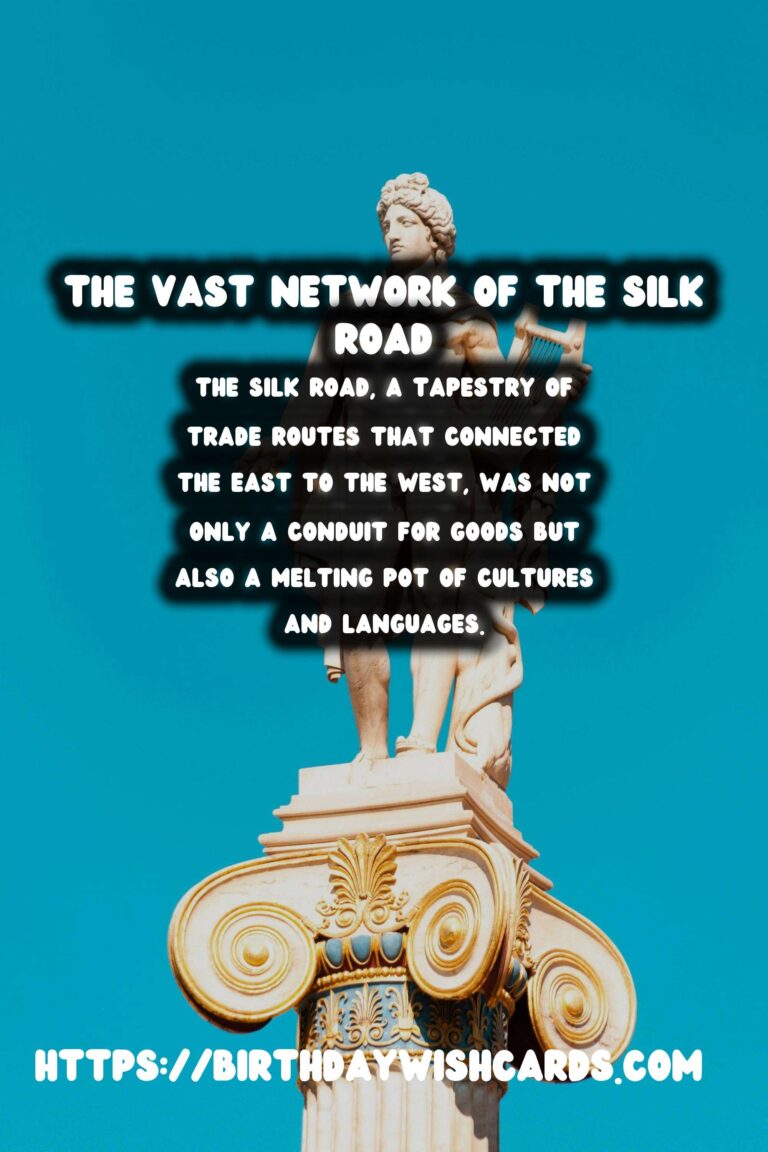
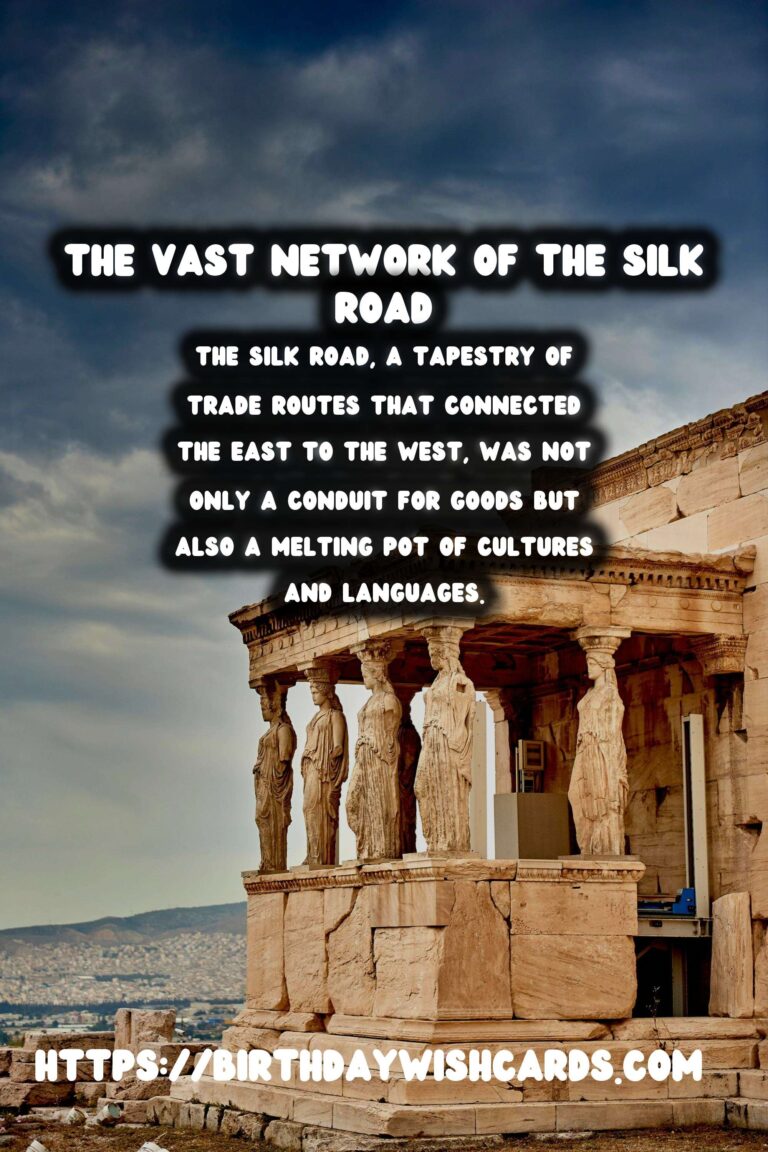


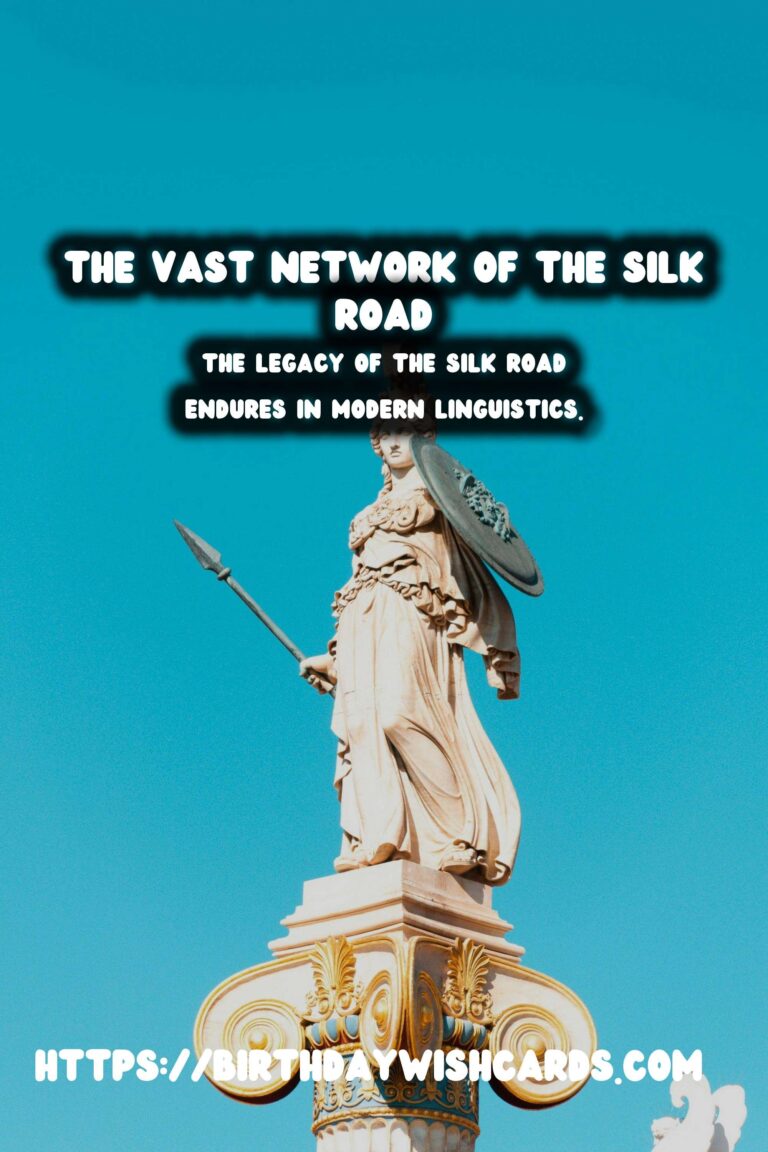
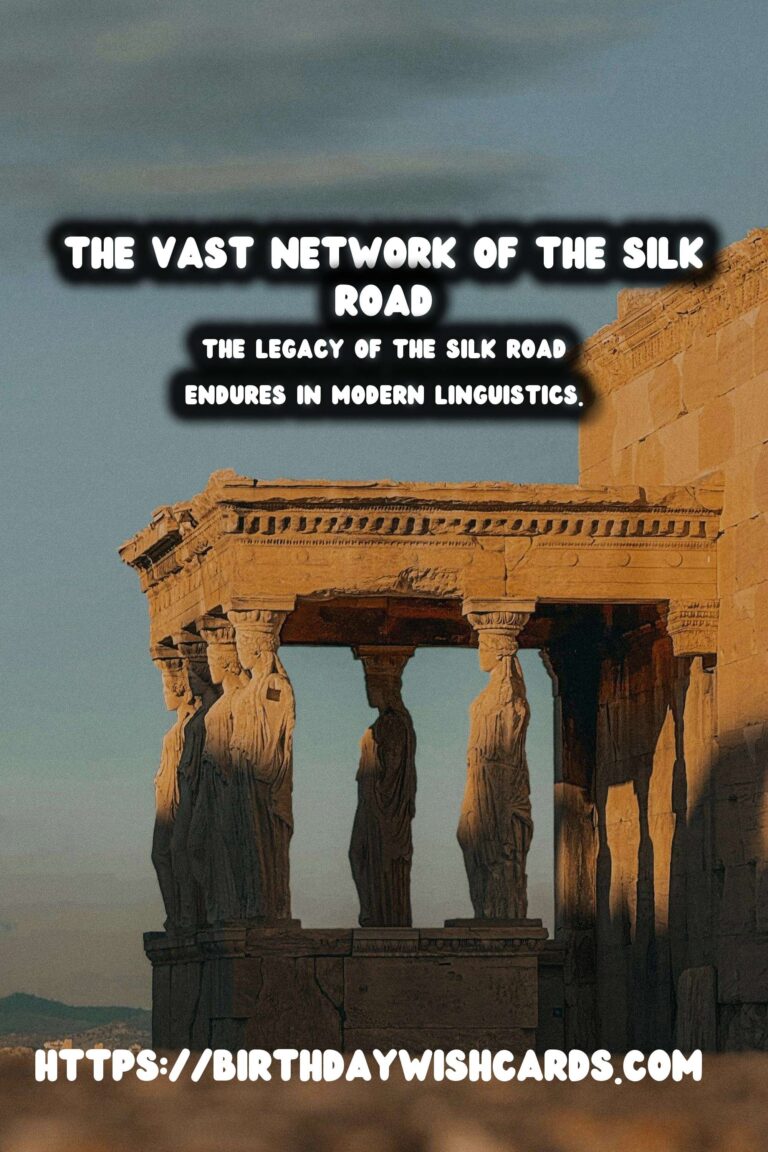
#SilkRoad #LanguageImpact




